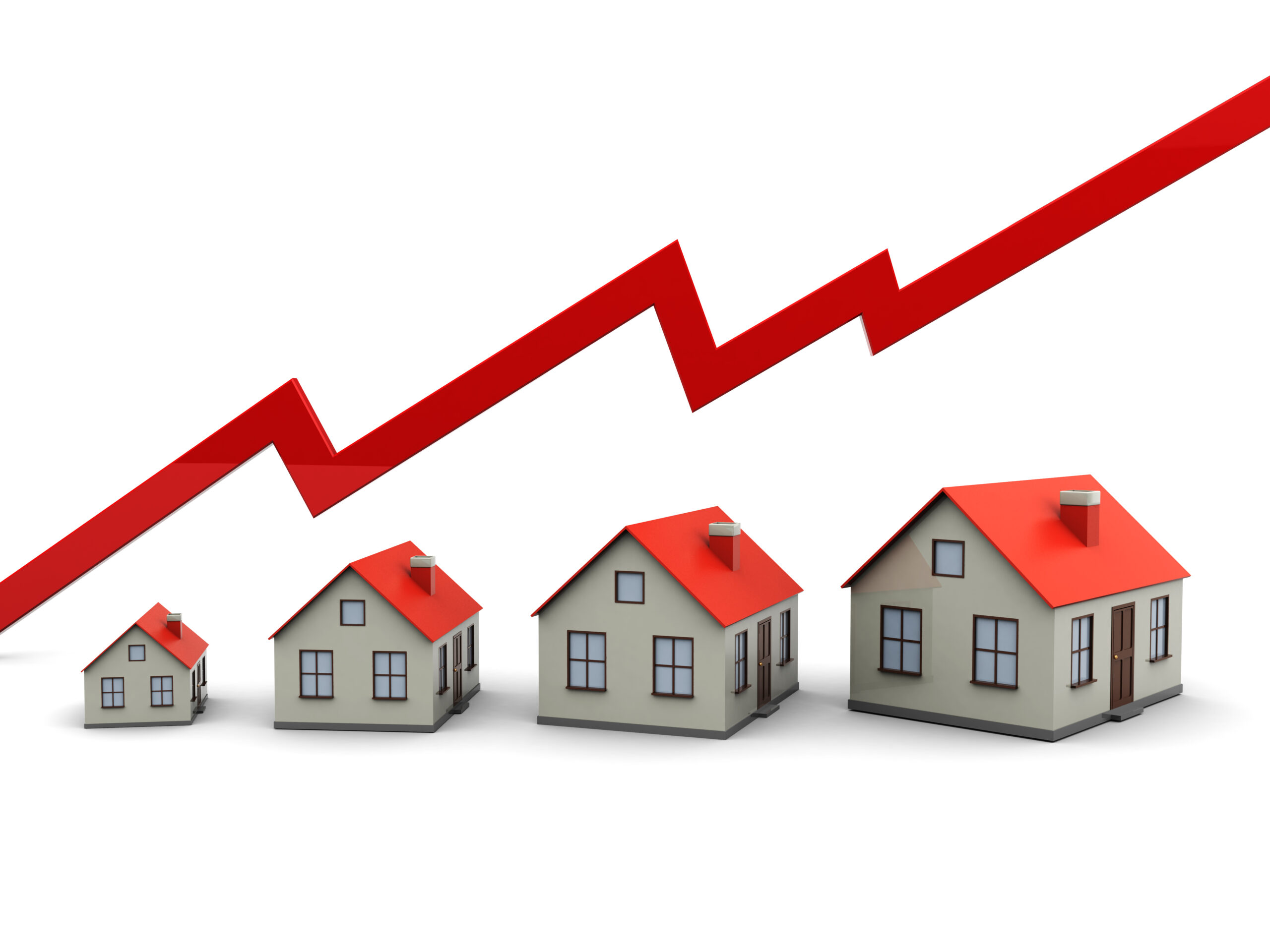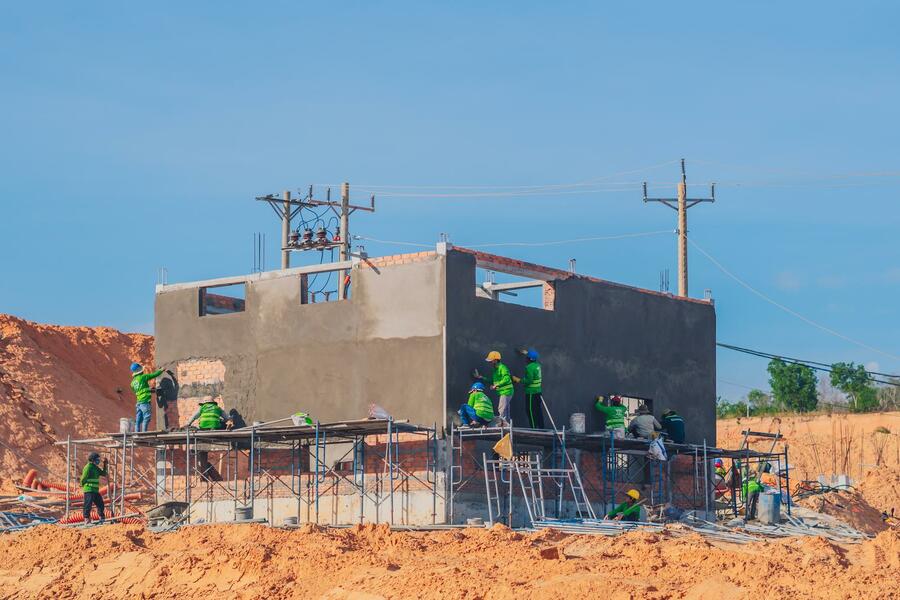When he ran Mutual Gain in 1990 as a cost consultant for banks, Mike Bowering often spoke in front of the Ontario Home Builders’ Association, where attendees wanted to hear about lumber and other construction costs.
“But I’d get up there and say the most important thing you ever buy is the land, and you can’t overpay for it because if you do there’s no going back,” Bowering, now president of Mutual Developments, told CREW.
Mutual Developments is a builder, developer and consultant, often managing projects for other developers. In any case, says Bowering, the very first thing that needs to be done is determining the viability of the land parcel.
“The real problem is we get hired after they’ve bought the land, and the first thing we do is find out what they can do on that property, in terms of what the city will allow, but also with regards to figuring out how contaminated the land is,” said Bowering.
Although working with city planners to is a crucial part of the process, so is ascertaining the quality of soil and how high the water table is. Typically, the buyer has a 30-90 day window before closing to do their due diligence. A drill team and environmental firm, the latter of which engages in geotechnical work, then figures out if there’s water flowing through the site and how badly contaminated the soil is—all of Toronto’s soil is contaminated, says Bowering, but the question is by how much?
“The softer the soil, the more concrete you pour in, and if it’s mildly contaminated it gets taken away during excavation and dumped in a city site that can handle it, but if it’s very contaminated it has to be trucked to Sudbury, or somewhere as far flung, and that’s expensive.”
The cost per square foot that a developer should pay for land in the GTA varies from $60 in Scarborough to as much as $200 in downtown Toronto, and they should target at least 82% efficiency for a mid-rise building and 86% for a high-rise.
“You lose efficiency in the building’s corridors and hallways, and once you’re below 80%, it’s tough to make money because you put more into the building than you get back,” said Bowering.
Nevertheless, securing an excellent parcel of land upon which to build low-, mid-, and high-rises isn’t enough to keep costs down. The Residential Construction Council of has, for years, been lobbying the government to speed up approval procedures for developments because the inability to do so has resulted in superfluous outlays, which consumers ultimately pay for.
“The development and building approvals process is so gummed up; there’s a serious lack of accountability and transparency, and it’s remained unexamined to this date,” Richard Lyall, president of RESCON, . “The Planning Act says site plan approvals are supposed to take one month, but site plan approvals take, on average, 18 months. Who pays for that delay? We need 10,000 more units a year than we’re building for housing, across all housing types. There’s already been a housing deficit because we haven’t been doing that for a number of years.”
Extra expenditures aside, builders sometimes still want to buy certain sites despite their problems, which at least presents an opportunity to renegotiate pricing with the seller.
Such imperfect sites, Bowering noted, can be found along . in Toronto, which follows a river valley. He added that he’d once been involved with a development there that cost about $60 a square foot to de-water and stabilize.
“There were two storeys of the underground parking that didn’t stabilize until we got to the fourth floor; in other words, the building was floating,” he said. “But the guys that did the project did all the research. People who buy on Davenport pay through the nose, but they soon find out it’s because it’s difficult to build there, and that affects the price of what you buy.”
Nearly anything along Lake Ontario’s shoreline, even as far as Port Hope and Belleville, is heavily contaminated because that’s where the old industrial centres of town were located, and that’s one reason waterfront properties carry higher price tags. It isn’t always the lake views.
Developing along Lake Ontario in downtown Toronto involves plenty of de-watering and doing everything possible to ensure that water doesn’t breach any seals.
“You build a bathtub underground to be watertight, but if you ask anybody there’s no such thing as a watertight basement; water eventually finds its way in, so you need all these backup pumps,” said Bowering. “I know people think developers make a lot of money, but not compared to the risk.”
Neil Sharma is the Editor-In-Chief of Canadian Real Estate Wealth and Real Estate Professional. As a journalist, he has covered Canada’s housing market for the Toronto Star, Toronto Sun, National Post, and other publications, specializing in everything from market trends to mortgage and investment advice. He can be reached at neil@crewmedia.ca.









